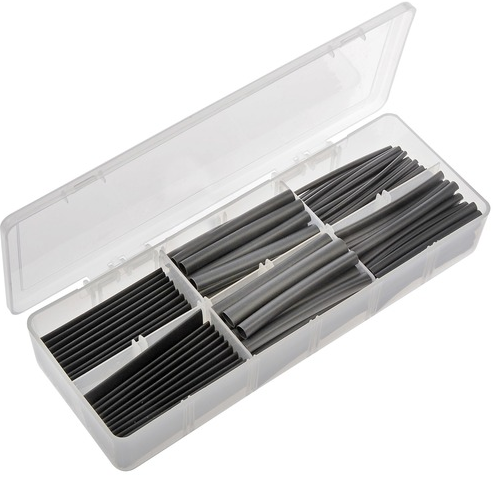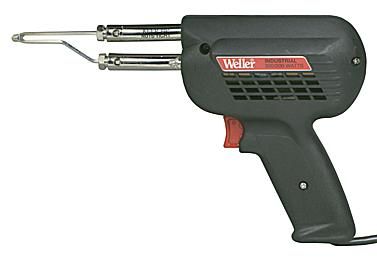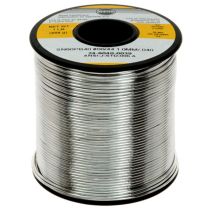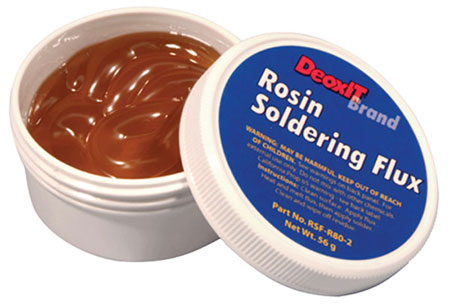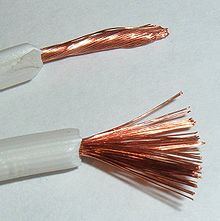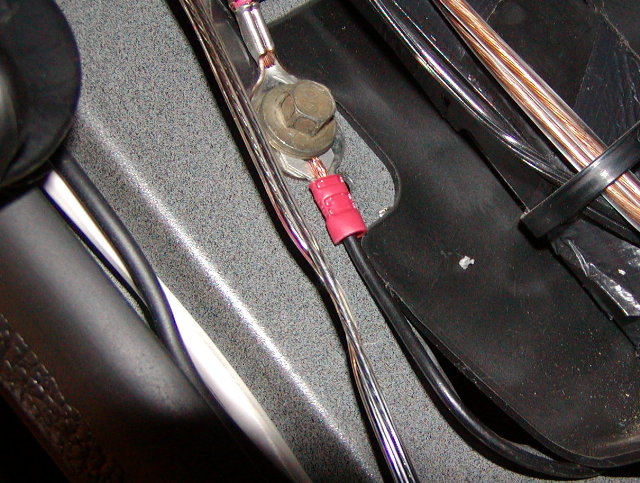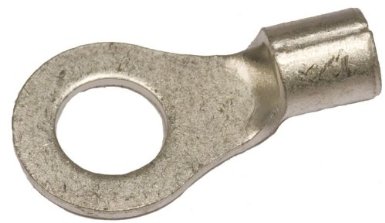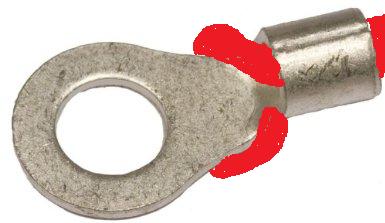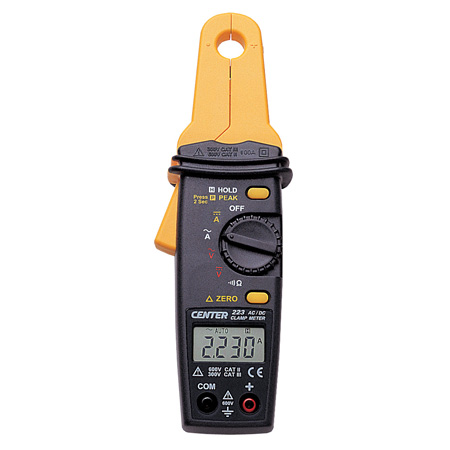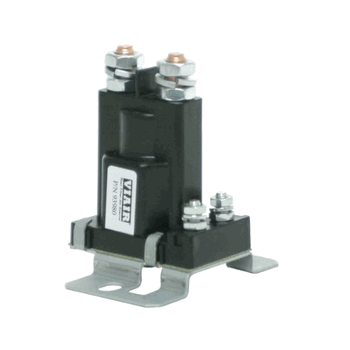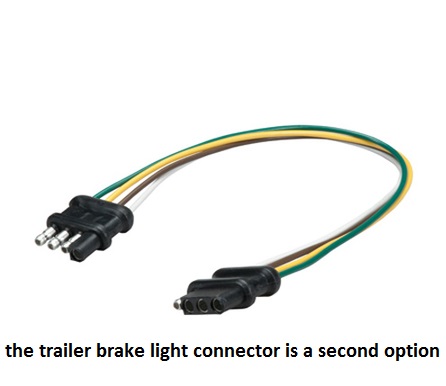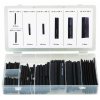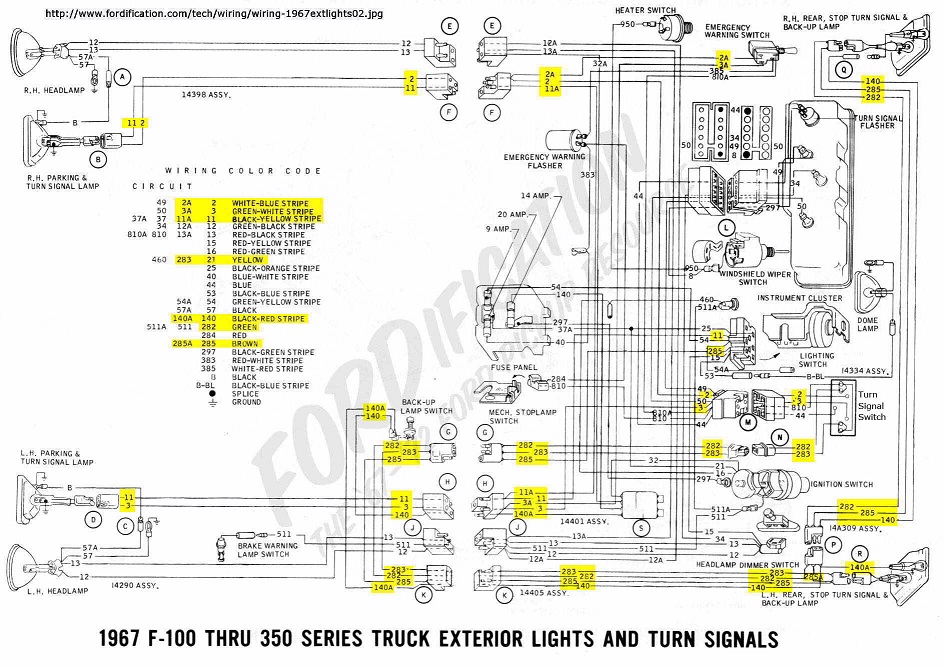Just a tip when using shrink tube, as a protective cover,
over wires leaving an electrical socket or sensor,
Ive generally found adding some silicone sealant,
on the electrical connection to wire exit areas, to the area the shrink tube covers is a good idea to further reduce moisture damage
http://www.oreillyauto.com/site/c/detai ... &ppt=C0335
http://www.nelcoproducts.com/heat-shrin ... MgodIj8AzQ
http://www.alliedelec.com/search/produc ... U=70113992
http://www.harborfreight.com/42-piece-m ... 67598.html
http://www.harborfreight.com/120-piece- ... 67530.html
http://www.harborfreight.com/127-piece- ... 67524.html
I can,t believe the number of times I use this insulation rubber shrink tube sections ,to make electrical splice repairs so it makes a great deal of sense to buy in the larger package sizes as you get 5-7 times as much tube for less than 3 of the smaller blister packs contain
http://www.cabletiesandmore.com/america ... -p-636.php
http://www.cabletiesandmore.com/america ... -p-638.php
http://www.cableorganizer.com/wire-loom ... eloom.html
a DECENT QUALITY WIRE STRIPPER
http://www.bing.com/shopping/weller-wel ... ORM=CMSPEE
anything under about 200 watts in an electric solder gun,rating is basically a P.I.T.A. to use and a TOY in my opinion simply because you cant quickly bring the wire and solder up to the correct temps, a 250-300 watt solider gun makes doing the work far easier
good 60/40 lead/tin solder
http://www.bing.com/shopping/4-oz-40-60 ... ux&FORM=EG
http://www.radioshack.com/product/index ... d=12582872
READ THRU THIS LINK
http://www.aaroncake.net/electronics/solder.htm
the process is rather easy and simple top do with practice, assuming the standard 14ga-12 ga under dash wiring ,you simple strip off about 1.25" of insulation on each end of the two wires, larger ga wire will require a longer section, of insulation be removed, once thats done you spin the stranded wire end between your fingers
to twist it tightly so it won,t leave exposed copper wire ends and then slide on a 2.5" to 3" long section of heat shrink tube , (don,t forget to do this) now dip both the twisted copper wire ends in the solder flux, then twist them both together tightly in a spiral so they won,t easily separate, now add a dab of flux because much of its most likely been removed during the twist process but if you don,t do it before you twist its not going to get full coverage on the strands.
ok ideally you,ll have decent access and have the shrink tube slid on the lower wire so it won,t slide down while you solder, use the tip of the heated solder gun on the far side of the two twisted wires and touch the solder to the near side as it heats allowing the fluxed surface to draw the solder once its liquid over and around the spliced copper wire surface, once its well coated pull the solder and solder gun away , it the surface is well coated and smooth silver in appearance you can let it cool a bit then slide on the heat shrink tube , center it over the spice and use the heat from the tip of the solder gun placed near too ,but never touching, and while smoothly moving the guns tip so as not to over heat or burn the shrink tube until it firmly shrinks and hugs the spliced and soldered copper wire, making the soldered splice at least semi protected, the shrink tube, acts as insulation and a corrosion protective barrier , BTW a bit of BEES WAX can be heated and melted over the ends of the shrink tube where it joins the original insulation and used as a increased effective,moisture barrier.
btw youll eventually be tempted to use crimp connectors or wrap wire around a screw connector on a sensor or electrical component
do your self a big favor and use ring end connectors
but here again SOLDER THE CONNECTOR TO THE WIRE LIKE THIS, AND SLIDE ON SHRINK TUBE INSULATION LEAVING ONLY THE RING END EXPOSED ITS FAR LES LIKELY TO CAUSE PROBLEMS
10 ga wire should be all thats required
theres are 60 and 80 amp 12-14 volt relays with pig tails, or places to connect ring terminal connectors available, its common for high capacity fans to draw 35-40 amps at times, so using a 60-80 amp relay and the required minimum fuse amp rated circuit sure won,t hurt
use of and taking the time and effort, when building or repairing the wiring on any custom car, to install a $5 -$7, UNIQUE for each electrical component , quick connect indexed water resistant screw-up proof, male/female connector combo, that allow's you too quickly connector remove a distributor or other component from the cars wire harness and re-install it with little chance of screwing up the electrical connections is almost always a good idea
obviously measuring the current draw would help here
http://www.ecutool.com/DT-337-Mini-ACDC ... _7294.html
viewtopic.php?f=70&t=3504&p=33365&hilit=solder+ring#p33365
http://www.ebay.com/itm/Heavy-Duty-Auto ... 0375347709
http://www.wiringproducts.com/contents/ ... relay.html
http://www.jegs.com/i/Derale/259/16738/10002/-1
http://www.cableorganizer.com/wire-loom ... eloom.html
http://www.technooutlet.com/viac025.htm ... 1b2166c62d



